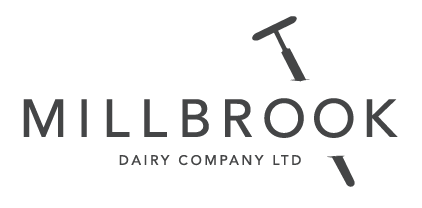Export and import post Brexit …
What will the impact be of increased friction on dairy trade with Europe? What benefit could new trade deals have for exports? How is the sector capitalising on opportunities for growth in Africa, Asia and the Middle East?
There is never a dull day in dairy or logistics, even with Brexit done, and the dairy industry finally getting to grips with moving product to and from the EU there are still several factors we are taking into consideration which look set to impact on the Dairy sector. Pricing, volume and availability are uppermost but don’t let’s forget that Covid has impacted significantly on the supply chain in 2020, which also has to be factored into the equation.
Thankfully fears of WTO tariffs weren’t realised (with the exception of that huge oversight in in the small print that basically meant tariffs would be applicable to certain EU products imported to the UK and then back to the EU again). However, if you attempted to move any animal origin products eastwards across the channel at the beginning of this year you will know there was no plain sailing, with many a sleepless night, and not just for the truckers. And even with all that under the bridge some big unknowns remain; you never know when a container ship may jam up the Suez Canal, or President Macron might ban transit through France.
Even without all of that going on market fundamentals remain firm, particularly for the UK, where the dependence on dairy imports to balance our supply is as important as ever.
Whilst the UK continues to look to international sources to fill supply shorting, pricing, currency fluctuations and availability are all going to dominate discussions for the foreseeable.
UK supply is ‘made to order’ and therefore any increase in volume and sales has to be planned for, in order that manufacturing uplift can be laid down quickly enough to meet demand when it is needed. Covid was a big driver in 2020 and the market is already very tight for UK-produced cheddar. Whilst the market was quiet during the start of 2021, it has picked up pace through March and we are seeing strong demand globally and domestically. Even as we head into the new dairy season (the flush) when milk flows are at their peak across Ireland and the UK, we are seeing milk and commodity prices firm and rising.
New trade deals across the world could simplify operations for exporters of niche and premium dairy brands, particularly in ASEAN, Oceania, and the USA. However, as the UK is a net importer of dairy, the bulk of any trade will be flowing towards UK shores not away from it and prices paid by the British shopper will continue to be impacted by global markets.
Going forward, there is opportunity for the Dairy Industry and suppliers to build and potentially grow their markets in what could be the biggest seismic shift of our generation in terms of trading agreements. So it will be good to back out to the global expos and shows and meet without international counterparts once again.
